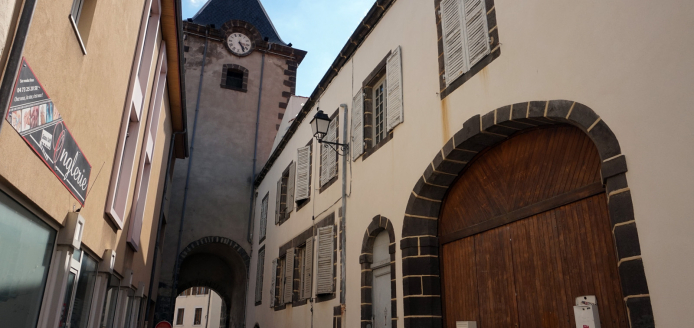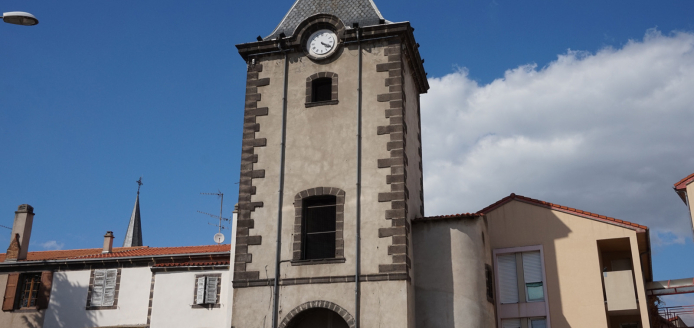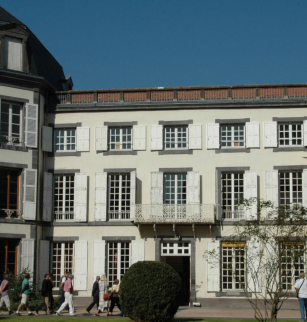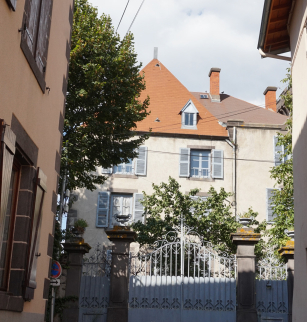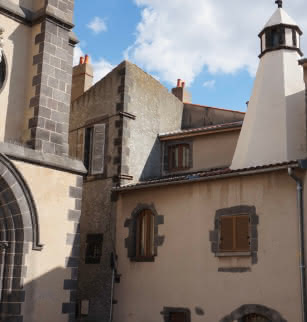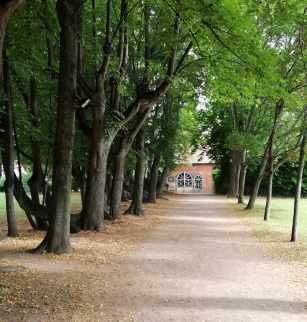Tour de l'horloge
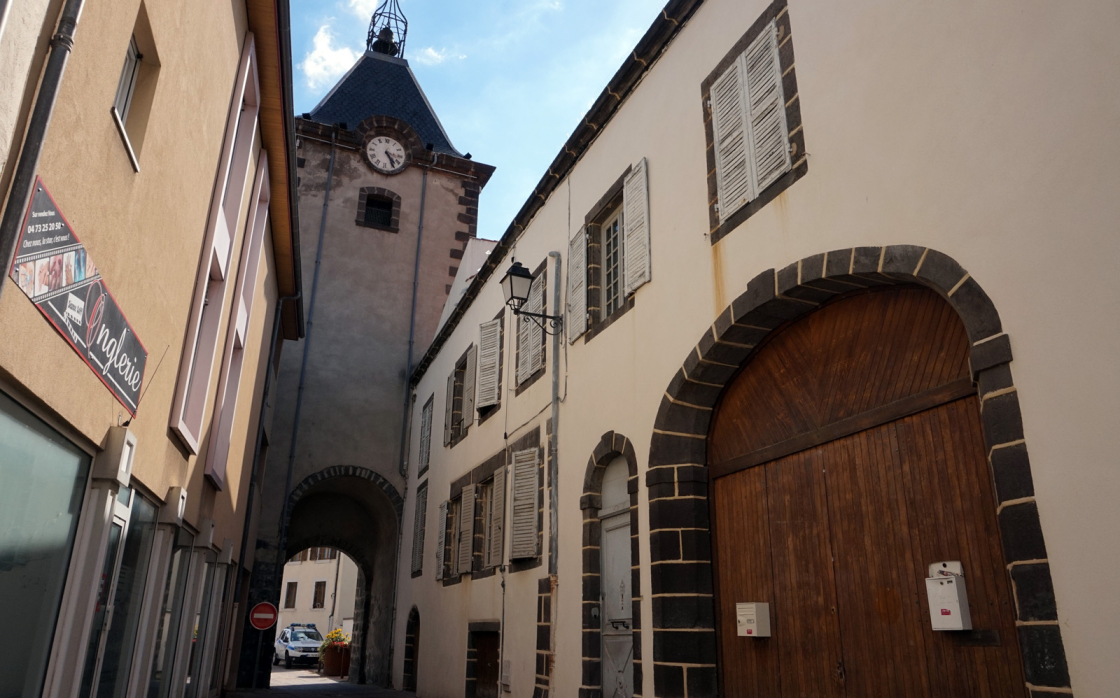
Listed on the historic monuments registry, the clock tower originated in a former village fort built in the 14th century.
The village of Cébazat is a village fort adapted in the 14th century by inhabitants to protect themselves against attacks during the Hundred Years’ War. The fortification that surrounded the town was originally defended by four towers: the Dherment tower, Dulac tower, Martres tower (or Peyrerme tower) and seigneur tower. Three doors gave access to the town: the Porte des Martres, the porte “sous la ville” (under the town) and the Porte des Farges. The clock tower, the town belfry, is the former Porte des Farges and one of the rare vestiges of the wall.The tower dates from the second half of the 15th century.
In 1754 the Porte des Farges was considered sturdy enough to house the town clock. The low part of the medieval door is preserved and the upper parts were rebuilt. It was built on the model of the one at Gerzat as specified in the original estimate from the architect Fournier.
The belfry was built on a rectangular design with a semi-circular vaulted passage. The slate roof is covered with a cast iron dome light containing a bell from the Église Saint-Étienne. A cockerel-shaped wind vane and a lightning rod top the tower. The clock tower has been setting the pace of life for Cébazat residents with is mechanism built in 1899 by clock-maker Auguste Roure from Clermont-Ferrand. The façades, roofs and dome light have been classified historic monuments since 1982.
The metropolitan area retains some other examples of clock tower belfries in Cournon-d’Auvergne, Pont-du-Château and Gerzat.
Additional information
Visit of the exterior only.
Opening dates and times
All year round, daily.
Services and equipment
| Single visit : | Unguided individual tours available permanently |
|---|---|
| Equipment : | Parking nearby |
Prices
- Free of charge.


